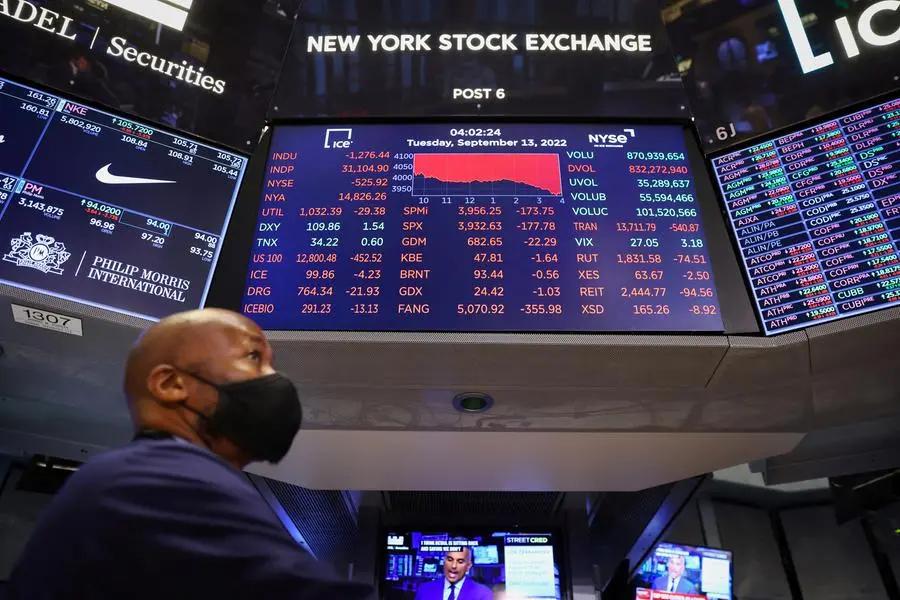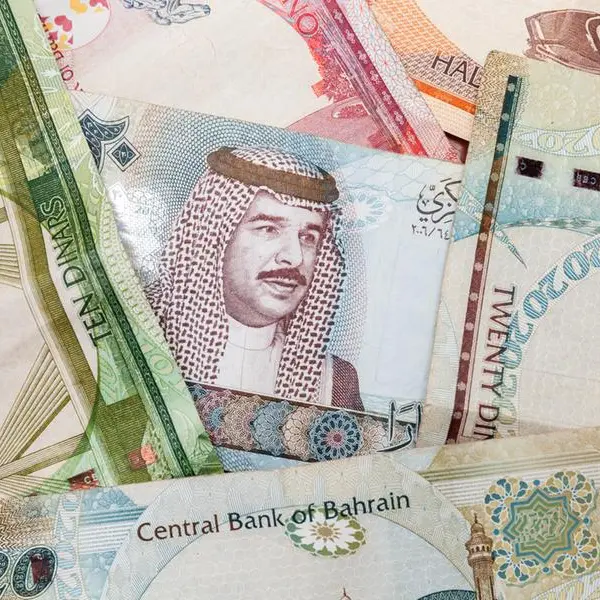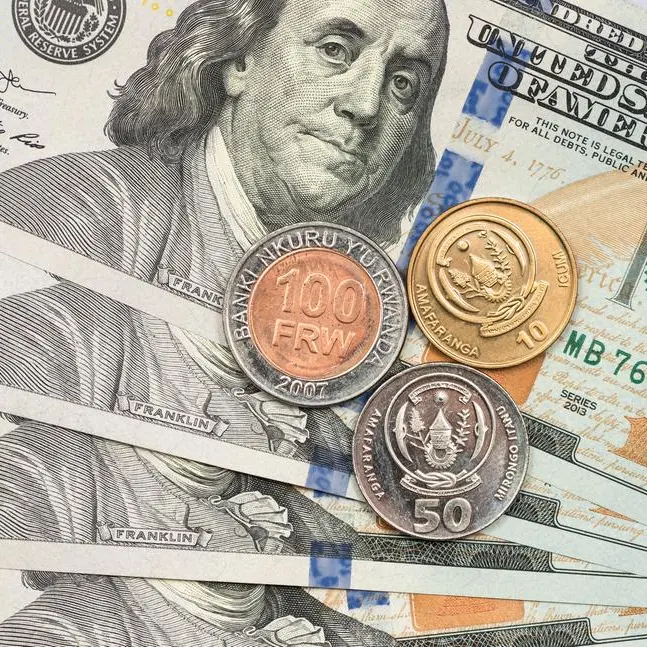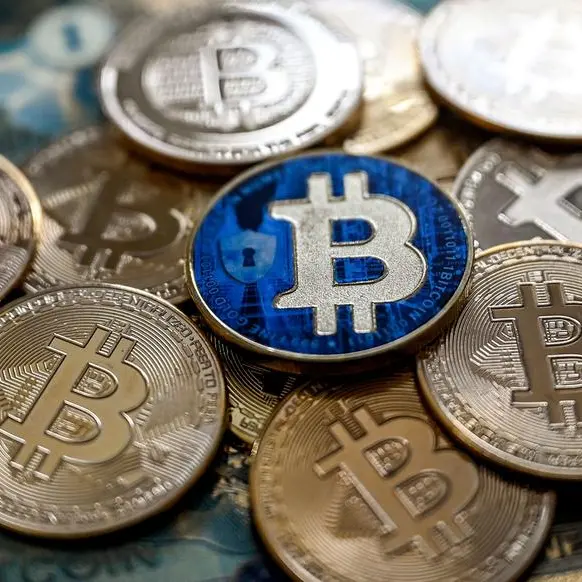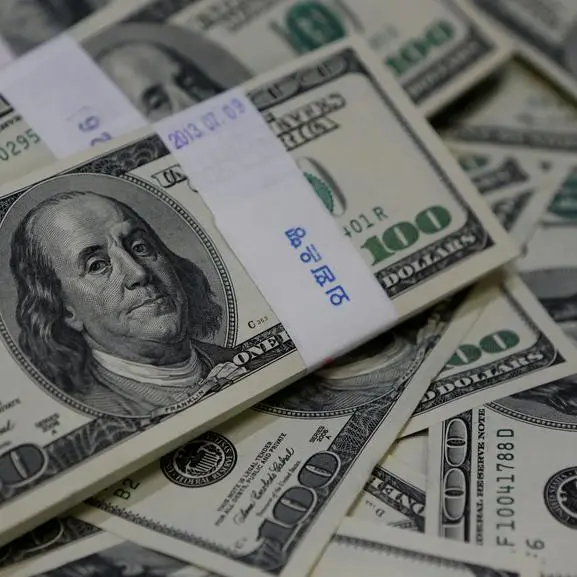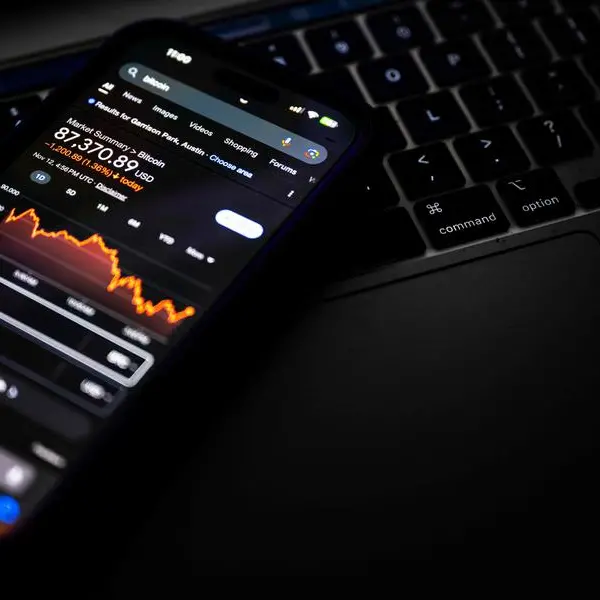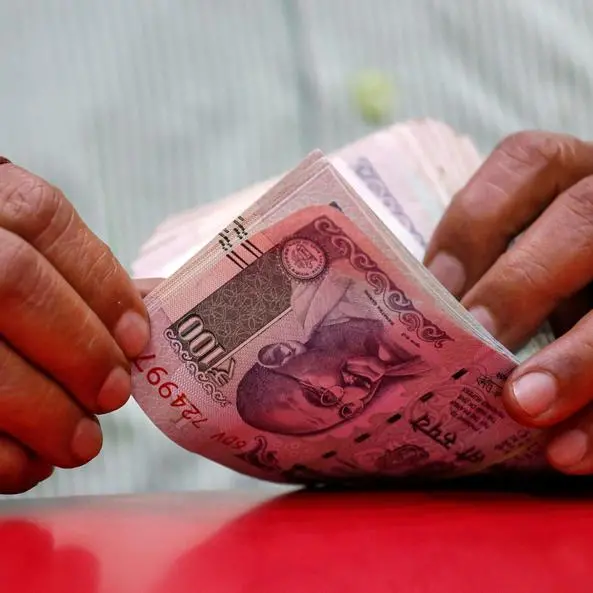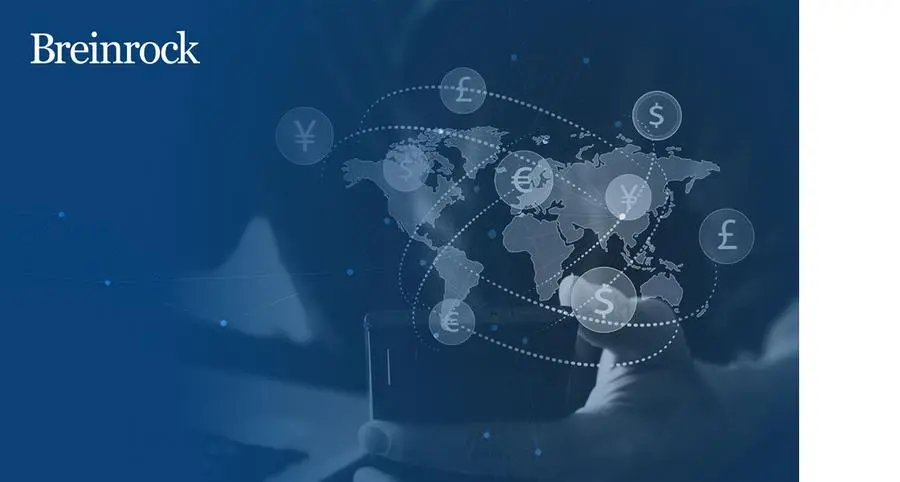PHOTO
LONDON - There's barely elbow room left in the year's dominant investment shelters, begging the question what any further setback for the world economy from here would mean at this stage.
Tuesday's surprisingly sticky U.S. inflation reading for August knocked back hopes that a durable turn in the largely energy-driven inflation of the past year would allow the Federal Reserve to ease its foot off the interest rate brake.
For those who fear the Fed, it's now worse than the nadir of this year's stock market plunge in June.
An uncomfortable re-acceleration of 'core' consumer prices that exclude energy and food cemented expectations for another 75 basis point Fed rate hike next week.
More significantly, it pushed the expected 'terminal rate' for this Fed rate cycle as high as 4.25% by March next year - a quarter point higher than priced at the depth of bearishness around mid-year. What's more, futures now see no return in rates back below 4% for at least 12 months and 2-year Treasury yields hit as high as 3.75% for the first time in 15 years.
With European headline inflation peaks still to come and central bank tightening going up a gear there too, the risk of another investment setback is considerable going into winter - with little visibility on either the extent of an energy crunch or the upshot of the geopolitical standoff with Russia over Ukraine at the heart of that problem.
Dash back for the investment bunkers and buy dollar cash? That was certainly the knee-jerk again on Tuesday following the inflation surprise, as Wall St stock benchmarks plunged back to within 10% of their June troughs and the recently ebbing dollar was re-energised back toward 20-year peaks.
But apart from speculative short-term flows, there doesn't appear to be much room left in those bunkers and fund managers en masse appear to have barely ventured forth at all over what seemed to be a tentative market recovery in the third quarter.
Bank of America's September survey of global fund managers, conducted before Tuesday's inflation jolt, showed average cash balances rising to 6.1% - the highest since the aftermath of the 9/11 attacks and dot.com bust in 2001 and far above long-term average cash holdings at 4.8%.
Describing investor sentiment as "super bearish", BoA's survey showed positioning in world equities at a record underweight - more negative than during the crash of 2008 and now net negative in both the United States as well as a gigantic record underweight in Europe, itself some 2.4 standard deviations from long-term averages.
'Long dollars' was seen as the most crowded trade on the planet for the third month running and now by a majority of managers. A net 61% of funds now see the dollar as the most overvalued of the major currencies.
More than two thirds saw a recession ahead for the first time since COVID hit, more than 90% see profits declining over the coming year and more than a third already saw the Fed's terminal rate hit 4.25% early next year.
In short, it would likely take another catastrophe from here to get investors more bearish than they already appear. Whether that's an economic or political one is a moot point.
FOG OF WAR
Part of the problem may be inexperience in dealing with raging inflation rates not seen for decades.
But a more likely culprit is the sudden fog created by central banks, which after years of assiduous forward guidance on policy have now abandoned that in favour of 'wait and see' - leaving markets prone to wild swings on every major data point and each policy meeting a last-minute guessing game.
In their defence, central bank visibility is shot to bits too. Who could confidently forecast inflation right now with energy prices prone to unpredictable geopolitics over winter, unfolding government price caps, embargoes and subsidies and job markets that have barely re-configured from the pandemic shocks?
And with 3.8% now available on a 6-month U.S. Treasury bill, just parking in dollar cash doesn't hurt as much as it did.
That the search for clarity now lies as much in political analysis or 'Kremlinology' than any finely tuned economic model was underlined this week as markets tried to parse Ukraine's dramatic counteroffensive to recapture large swathes of territory from Russia in the northeast of the country.
Few could agree whether this signalled the beginning of the end of the war, or whether it just spelt even more trouble, energy shocks or even nuclear risks ahead.
Berenberg economist Holger Schmieding said that while the war was far from over, several economic positives emerged from the weekend that meant the balance of risks surrounding recession and inflation no longer tilted ever more negative.
"Europe is a safer place. Russia’s military setback strengthens the view that this is the last major conventional war which (Russian President Vladimir) Putin will be able to wage," wrote Schmieding, adding Ukrainian resilience may mean China's invasion of Taiwan is less likely too.
Mark Haefele, UBS Global Wealth Management's chief investment officer, was less optimistic and felt Ukraine's recent success could even escalate the war and energy-related crunches from Moscow. "We expect the war to continue without a ceasefire at least until winter."
Either way, a safe year-end may be well advised on many levels.
The opinions expressed here are those of the author, a columnist for Reuters.
(by Mike Dolan, Twitter: @reutersMikeD Editing by Mark Potter)
